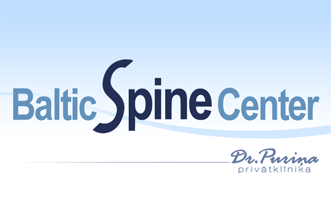Dislocation of the vertebra (spondylolisthesis)
Dislocation of a vertebra also called – vertebral displacement or anterolisthesis, means that vertebrae are moved from their normal location in the spinal column. Usually, a vertebra slides forward on the underlying vertebra. The cause may include either age-related wear (degenerative spondylosis) of the disks and underlying facet joints, or degeneration of vertebra (cervical spondylosis) in a form of the intervertebral foramen of the vertebral arch. The cause of this intervertebral foramen is usually a genetic weakness in the vertebral arch, sometimes combined with an injurious exposure, which is why this such a spinal diagnosis is very common among some elite athletes.
In other words, the causes can depend on, for example, genetically inherited movement disorders, or a trauma (either childhood or adulthood) or a combination of genetics and trauma.
Symptoms and examination of spondylolisthesis
The most common symptoms of dislocation of
the vertebra are a back-pain combined with pain radiating from the breeches to
the posterior surface of the legs. In the case of larger dislocations, the
strangulations sometimes may arise in the nerve root canals, which can affect
the nerves from the back to the legs, which in turn can lead to numbness, loss
of sensation and weakening of the muscles. It is very important for you not to
neglect the back problems during a long time, but contact the hospital for
examination as early as possible to prevent the symptoms from worsening.
Examination of suspected spondylolisthesis
consists of x-ray, computed tomography, and magnetic camera examination.
Treatment and surgery of dislocation of a vertebra
The first type of treatment to be tested is the physiotherapy and sometimes taking anesthetics. If this treatment is not sufficient, spinal decompression or fusion surgery may be an alternative. During a fusion surgery due to spondylolisthesis, the surgeon locks the mobility between the vertebrae with bone nails and screws. During the operation, even the bone implants from the adjacent vertebrae can be installed between the vertebrae so that they become fused.




